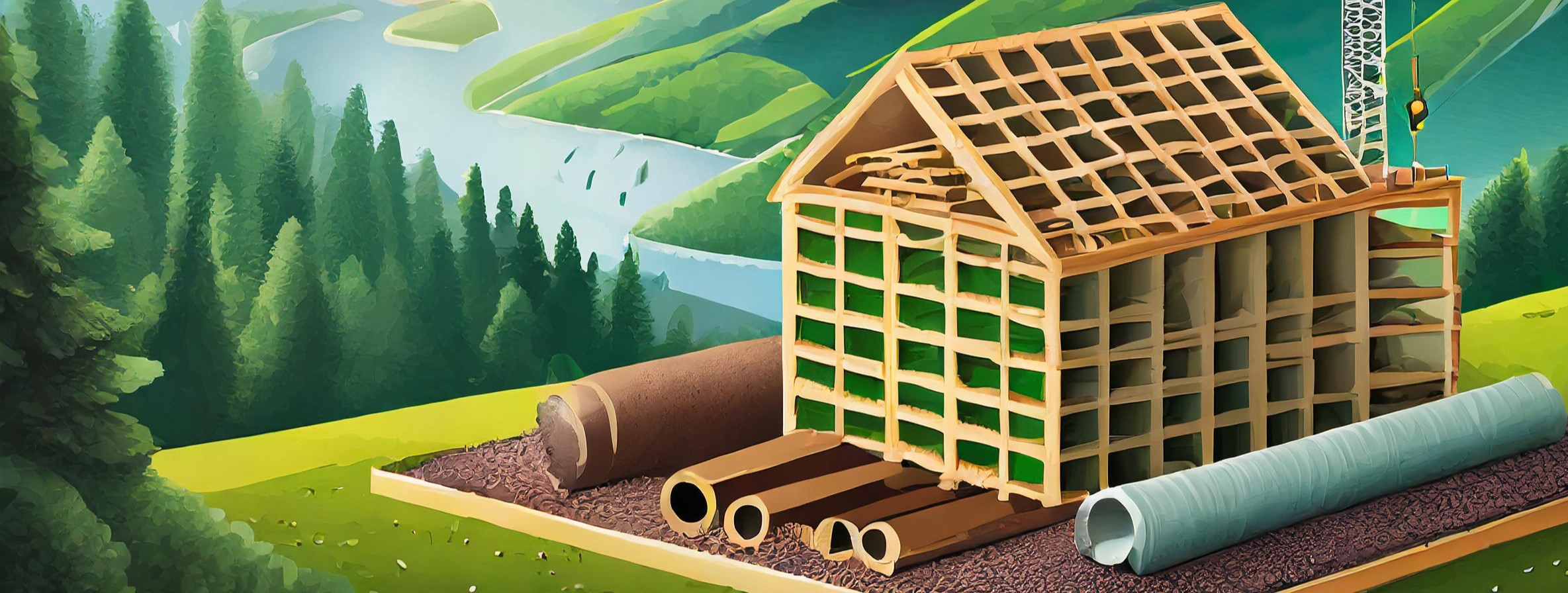Comprehensive Showcase of Global Low Carbon Construction Materials Innovations & Startups
From CLIMAFIX, the leader in climate innovation intelligence
Low Carbon Construction Materials Introduction:
Over 4.1 billion tons of cement were produced in 2020, releasing over 2.5 billion tons of CO2, making it one of the top three CO2-emitting industries.
A large portion of the CO2 emissions in cement production happens in the cement kilns. Part of the CO2 emissions is process emissions, which happen when limestone is converted into lime, emitting CO2 in the process. The other portion of the CO2 emissions from the clinker is through the use of fossil fuels to generate the heat for the reactions and processes, which take place at very high temperatures. Some emissions are from energy used to mine and transport raw materials such as limestone.
One way to dramatically cut down cement production emissions would be to electrify kiln operations, with renewable sources such as solar or wind power providing the electricity. While some pilots are ongoing, electrification is still in its early days for this sector. Another way to reduce CO2 emissions would be to capture the process emissions from the kiln – and these could be used in place of water in curing cement, thus sequestering the captured CO2.
There are parallel efforts to find low-carbon alternatives to cement itself. Some of these could be fly ash, ground granulated blast-furnace slag, limestone fines, etc. Alternatives such as wood as building materials to replace cement are also being explored.
For the 2020-2030 period, innovation in this domain can be expected in developing low carbon energy for the conventional cement-making process, and innovations in alternatives to cement through the use of recycled construction materials as building materials, bio-based building materials, geopolymer concrete, and use of industrial waste.
The Low Carbon Construction Materials Innovations & Startups Report provides insights on the following:
- Current & Emerging Technologies
- Innovation & Startups Analysis
- Urgency of this Decarbonization Avenue
- Unique Solutions Derived from Startups
- Commercialization Potential
- Scalability
- Highlights of Prominent Innovations & Startups
- List of 10 High-Impact Startups
For each startup, the following inputs are provided:
- Product
- Key benefits
- Technology & process
- Videos
- Links to founder profiles
- Links to prominent news & analyses about the startup
The Low Carbon Construction Materials Innovations Report is part of CLIMAFIX 500, a comprehensive global climate innovation and startup report.



